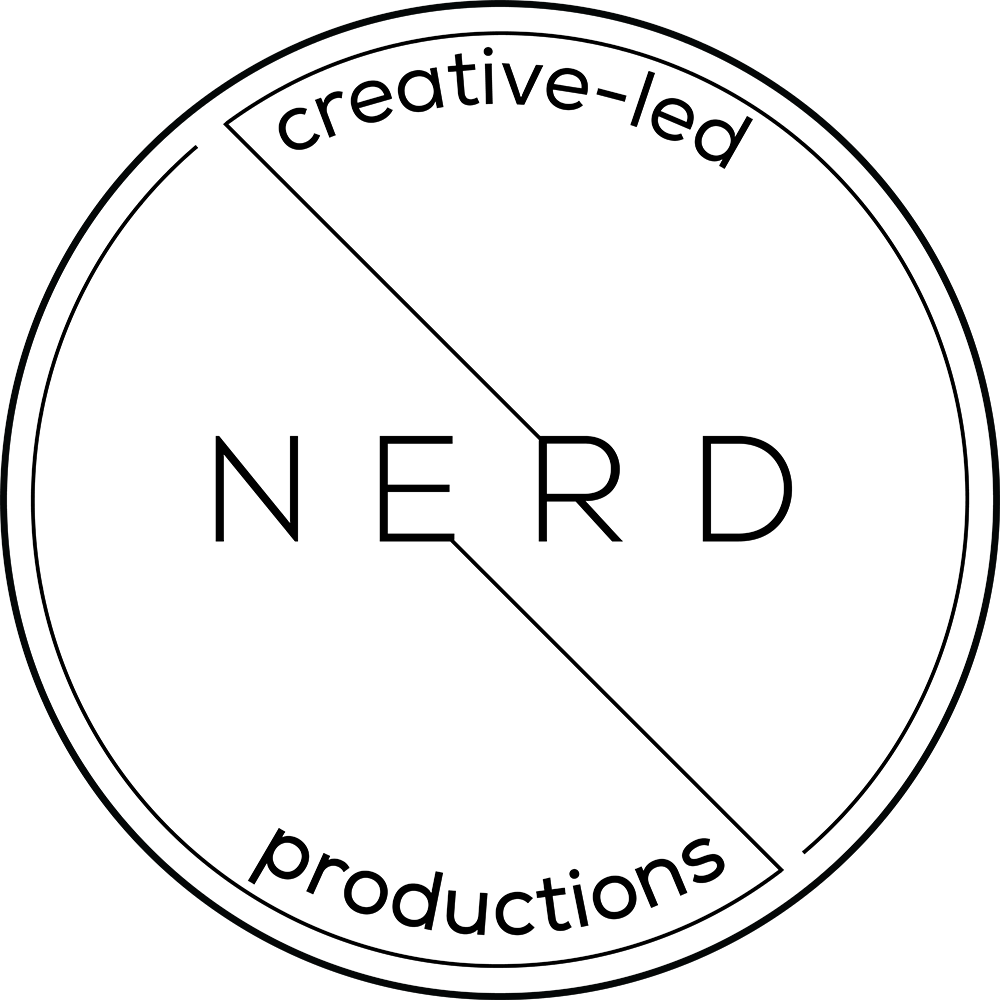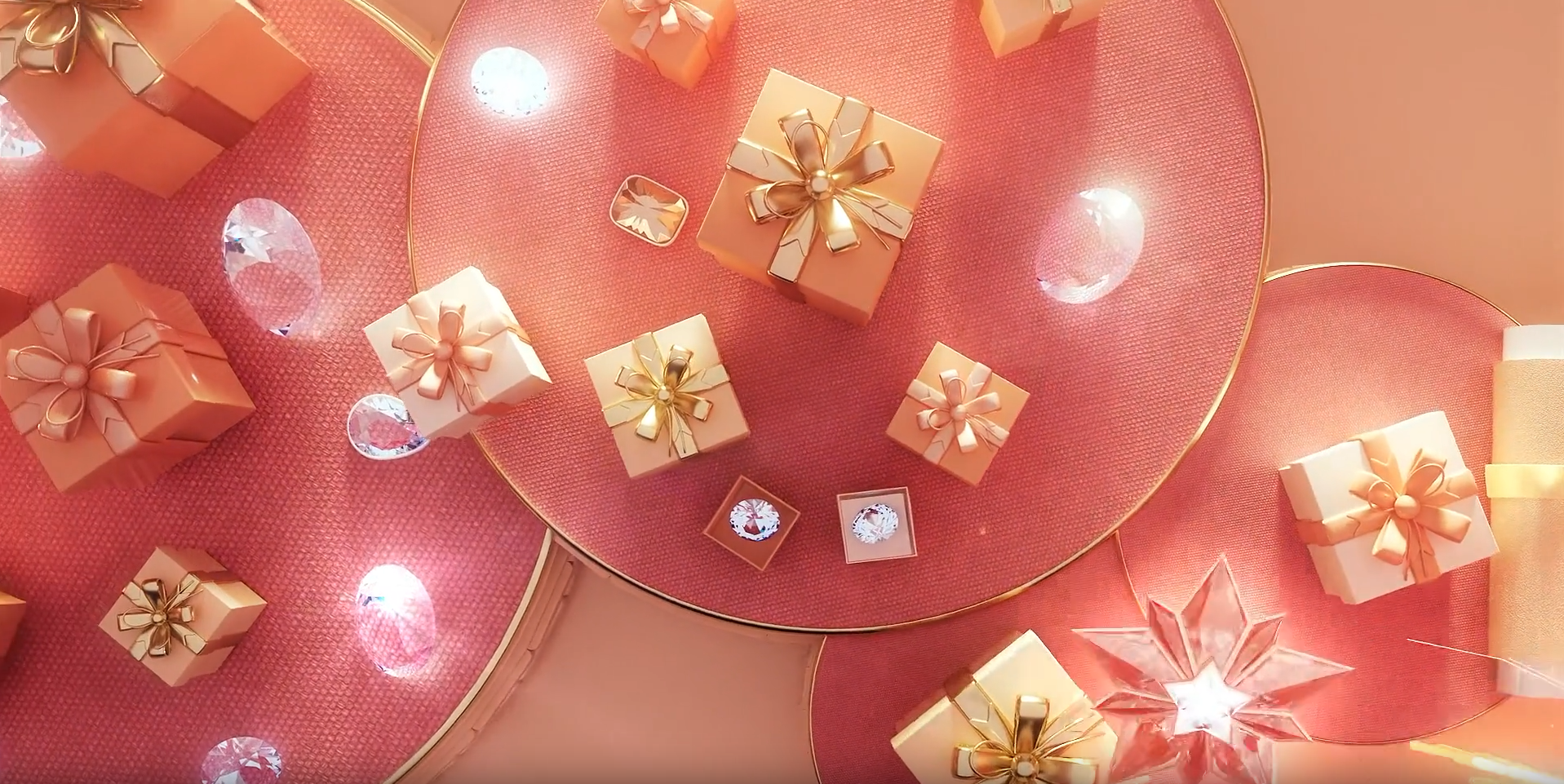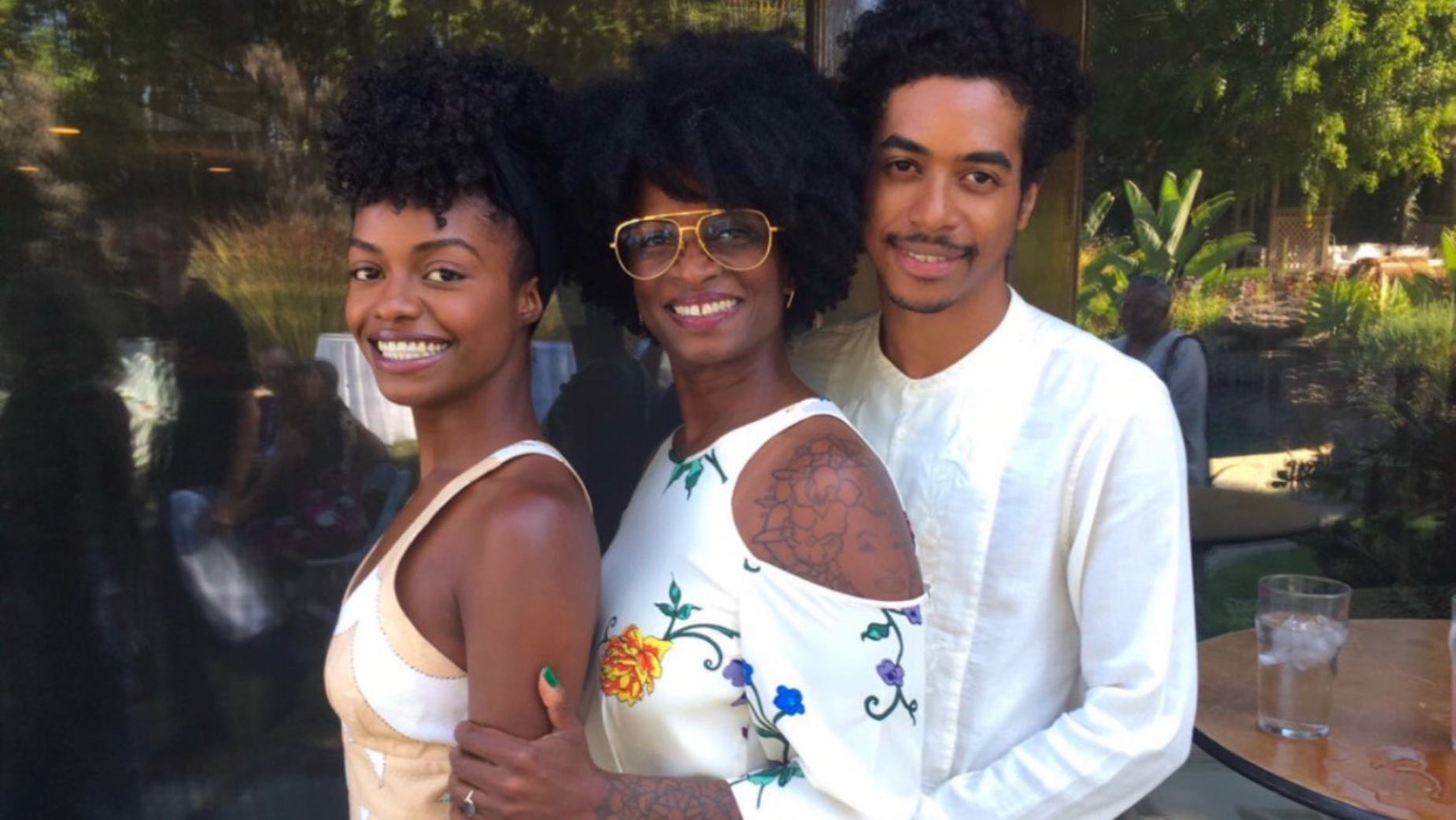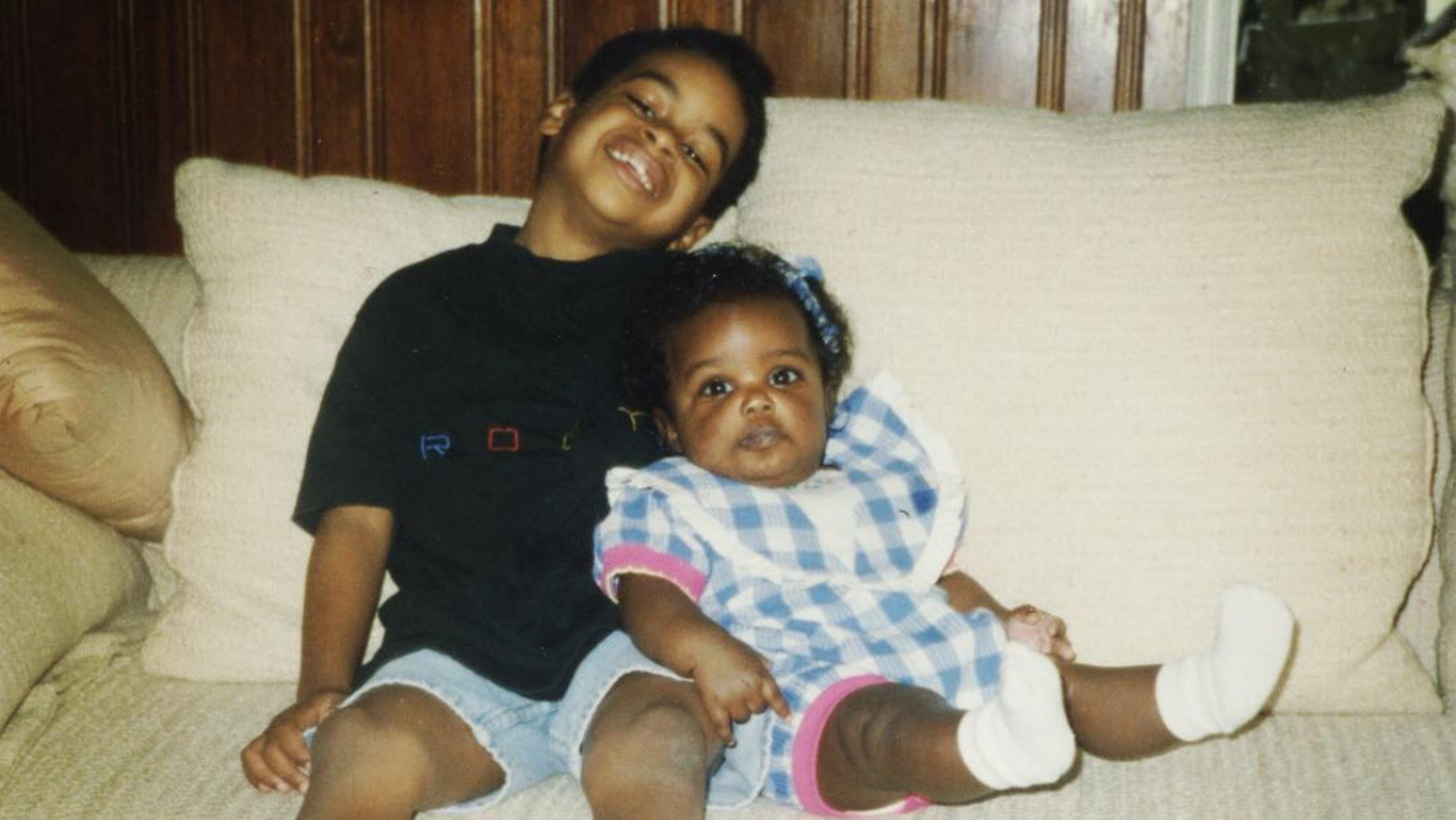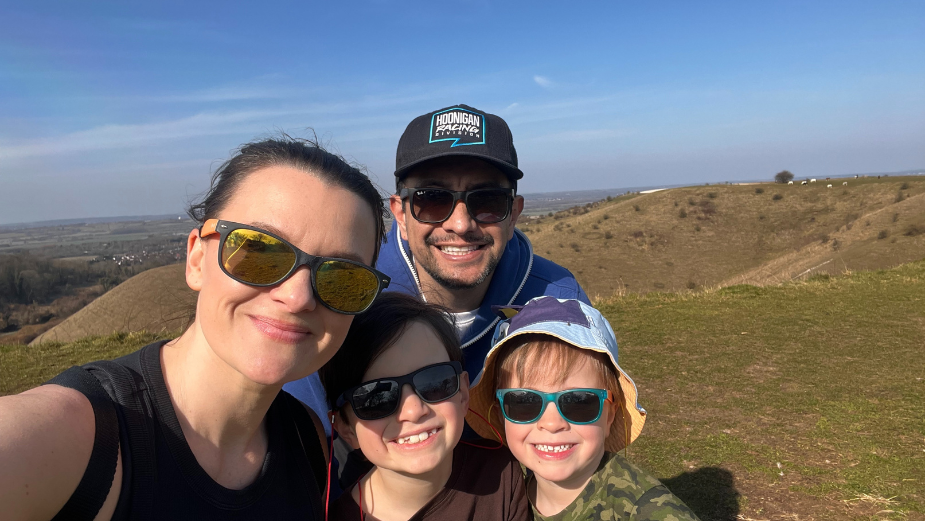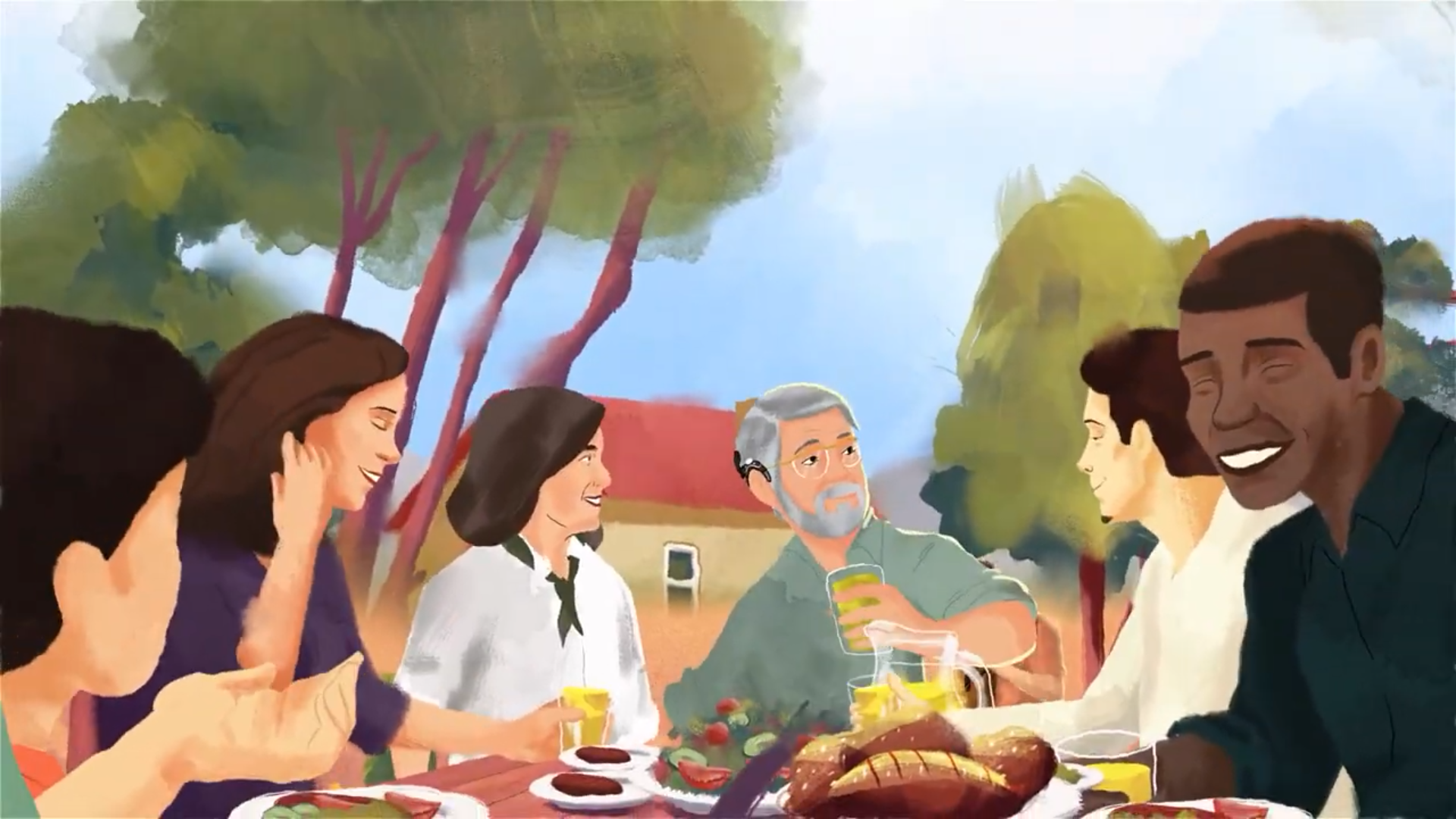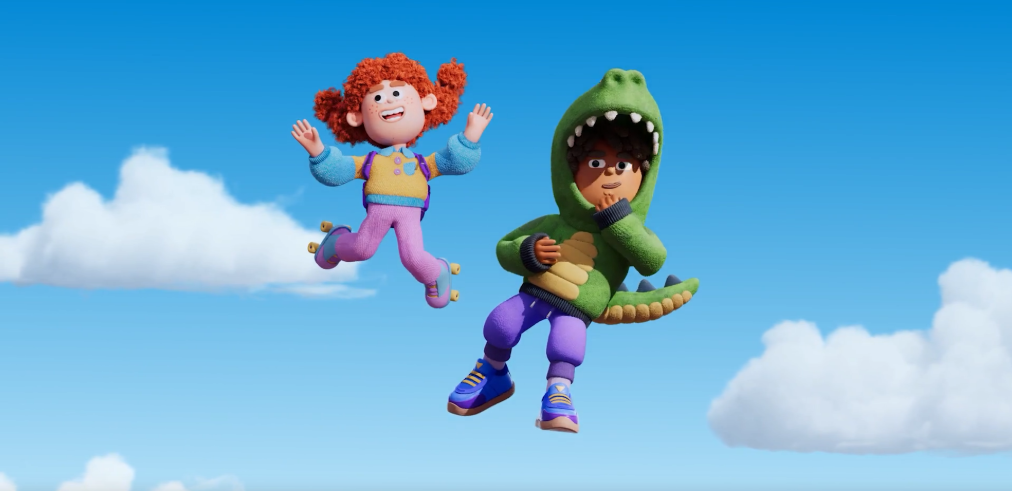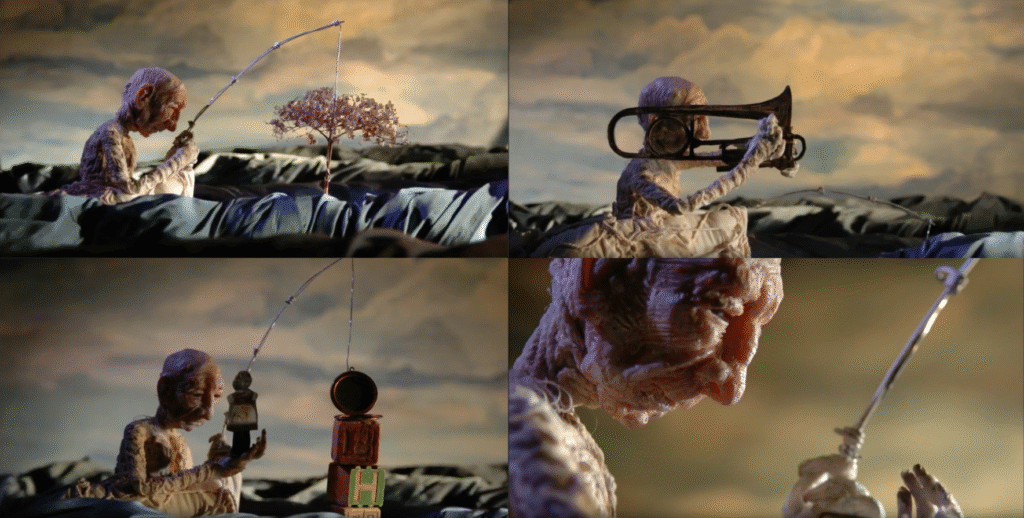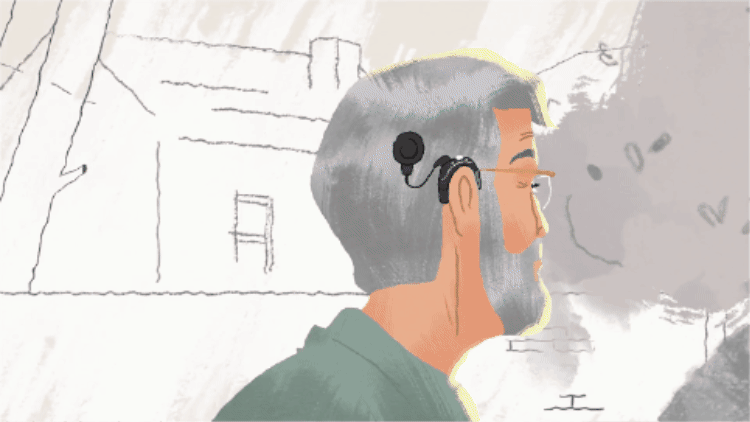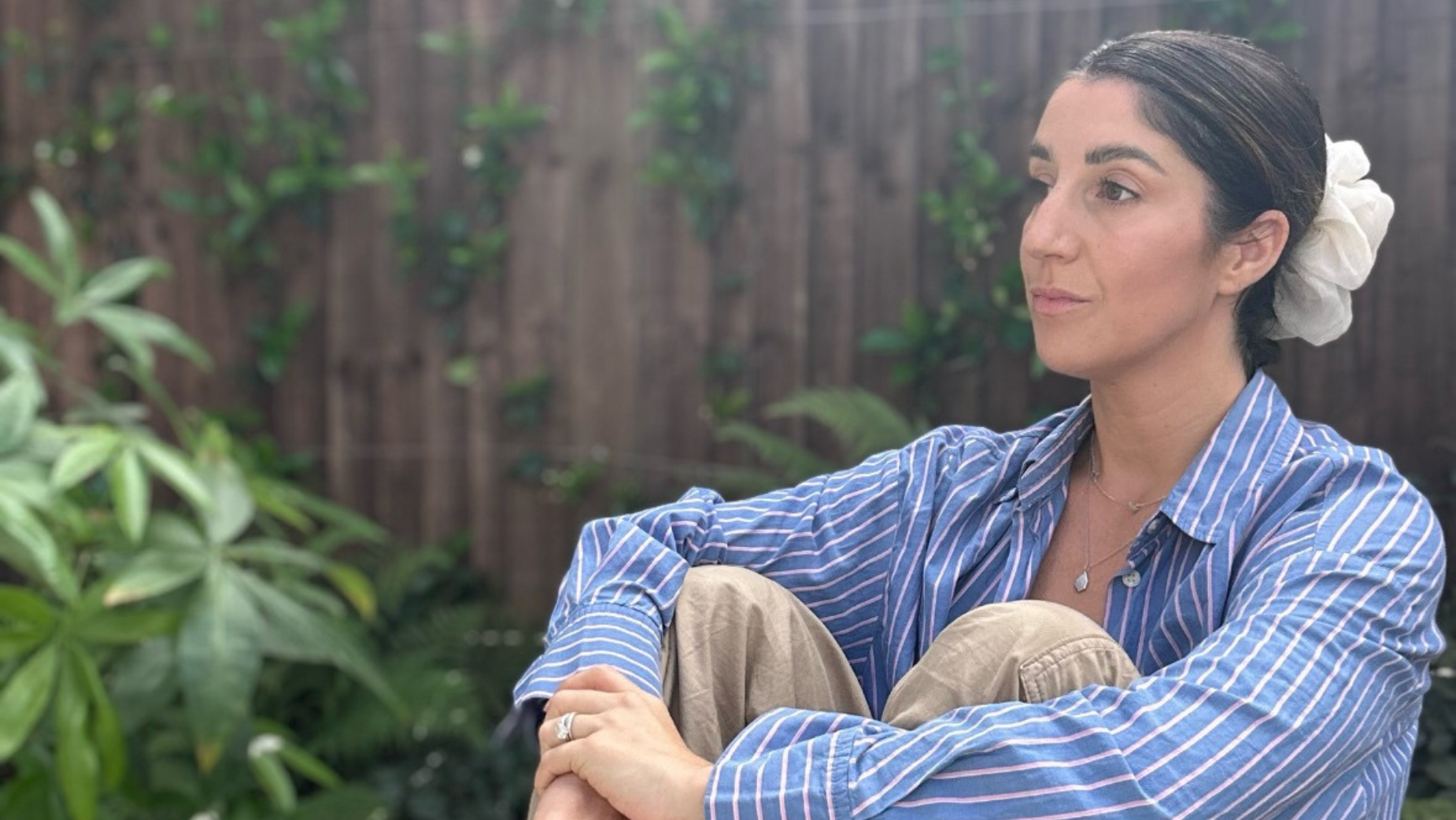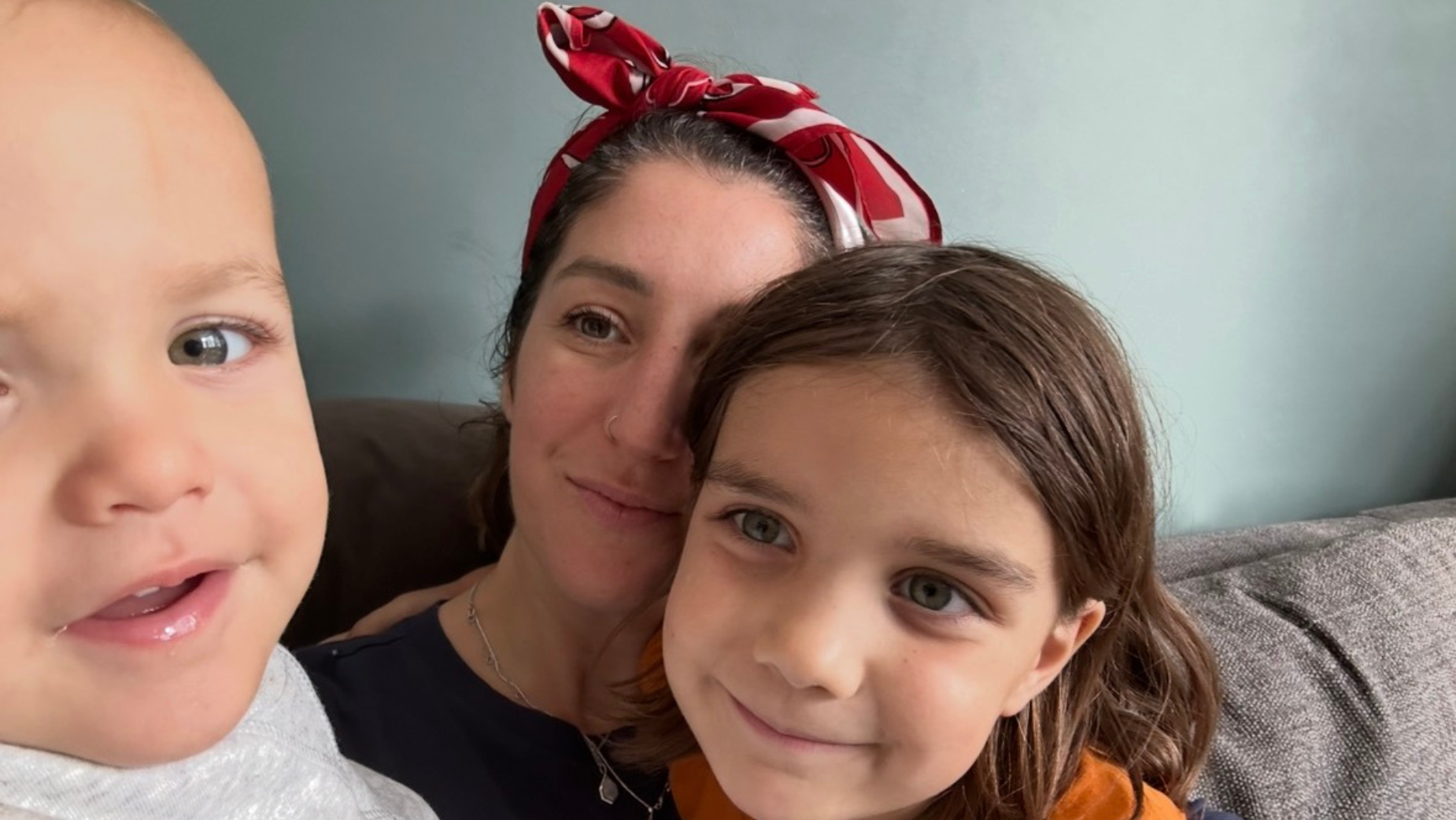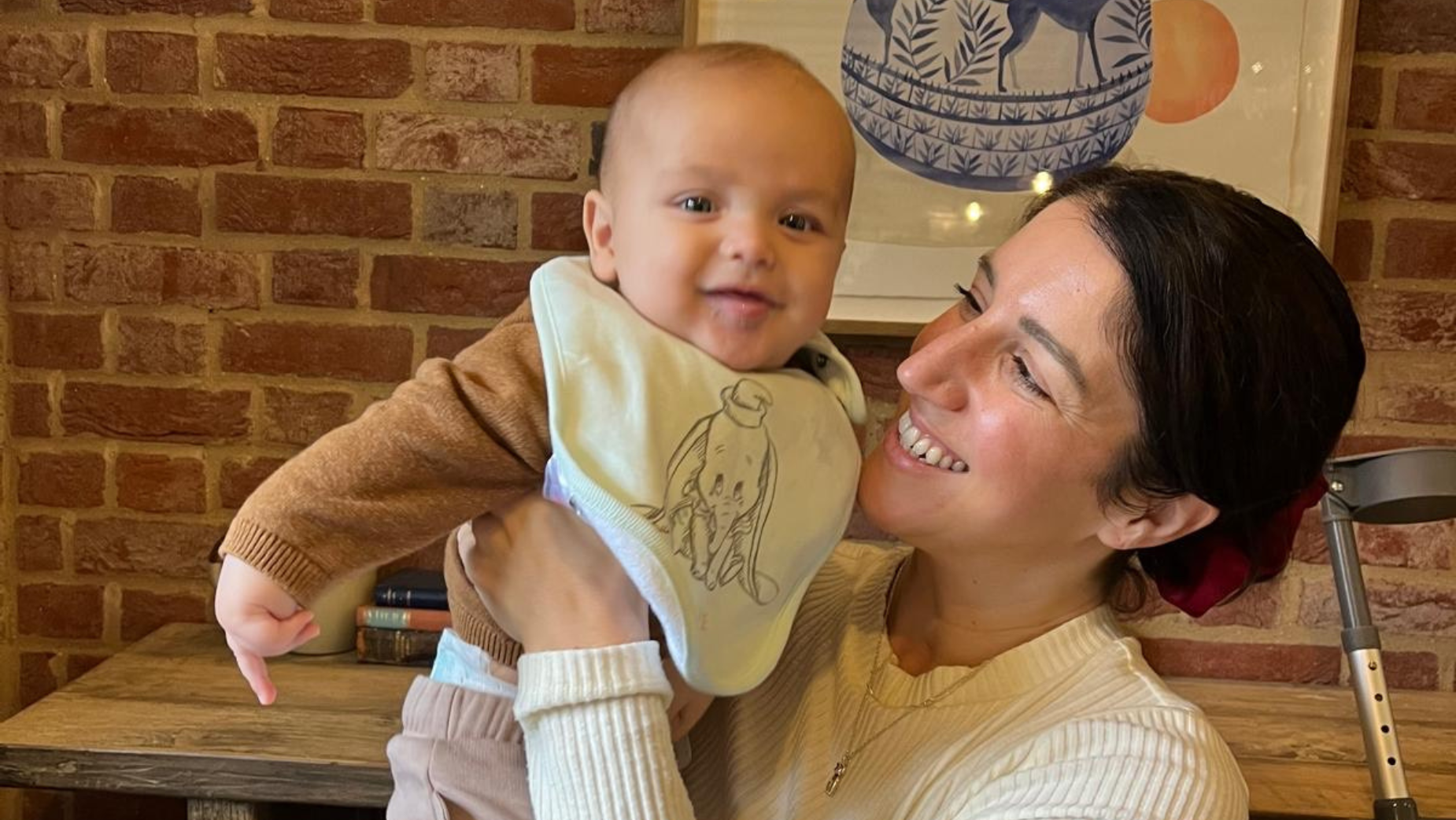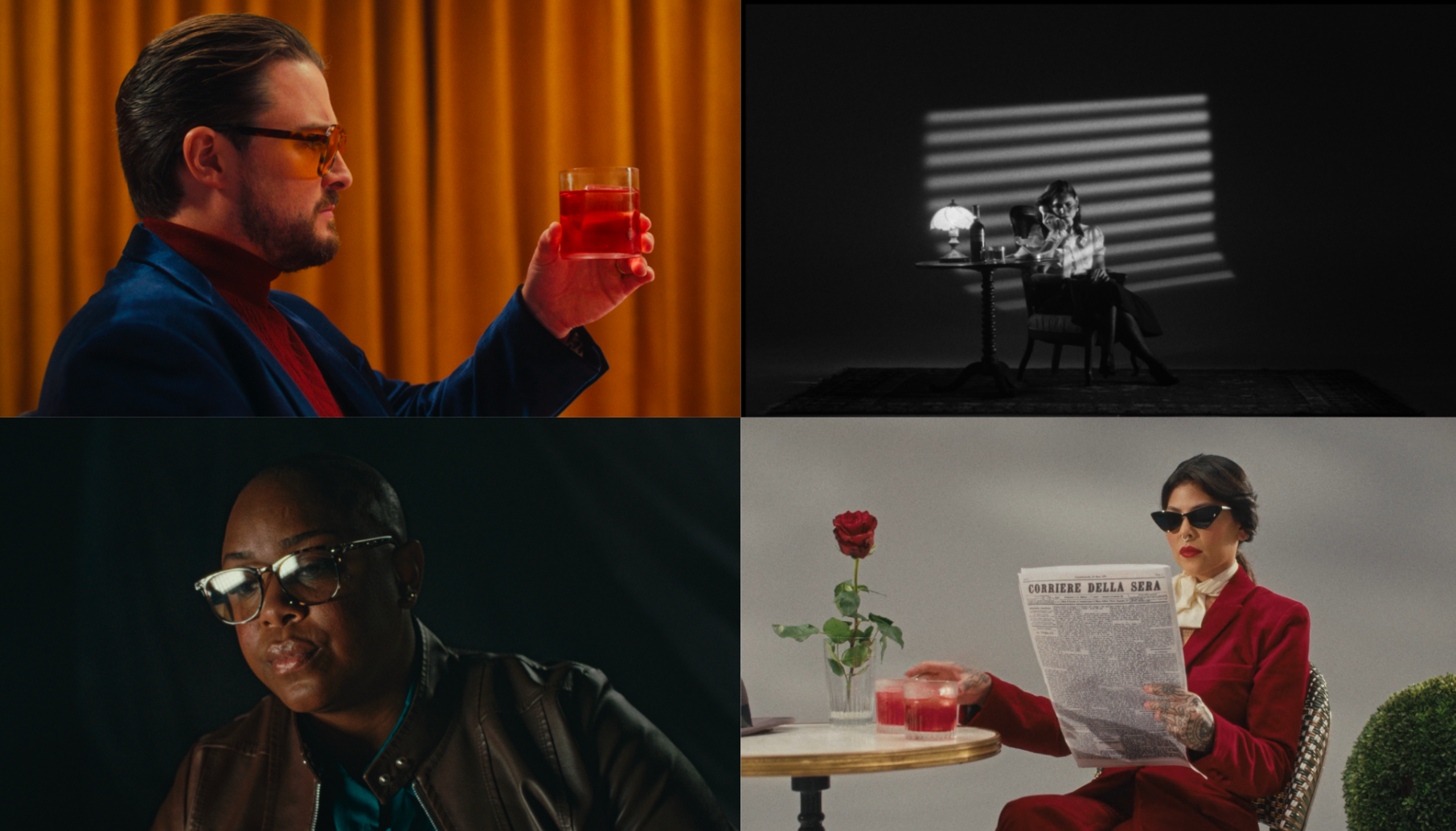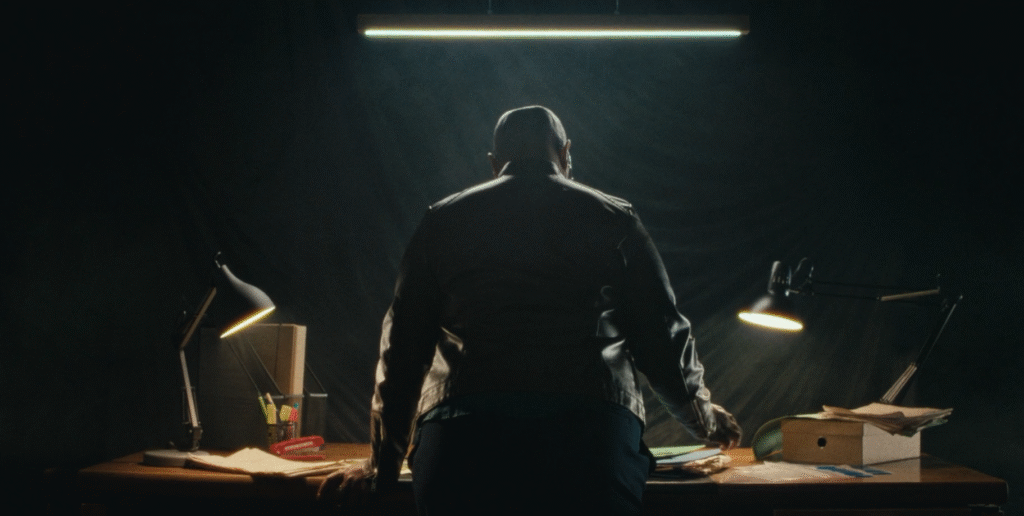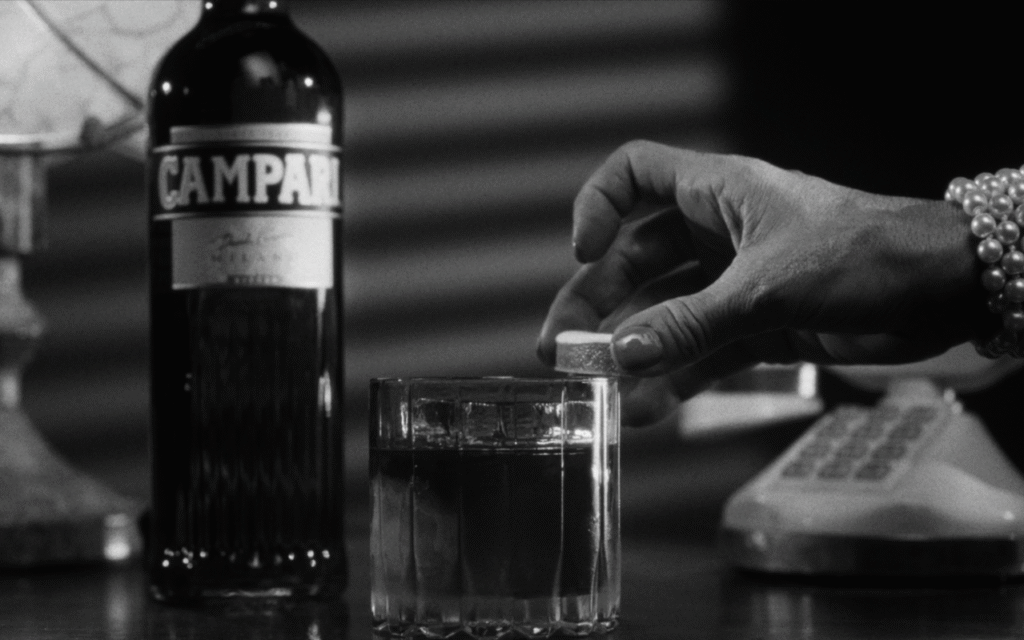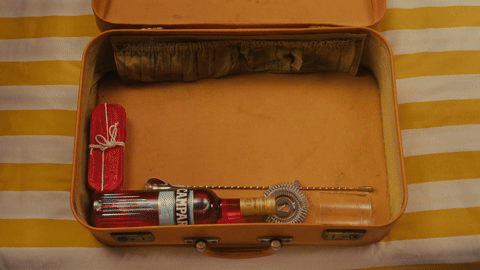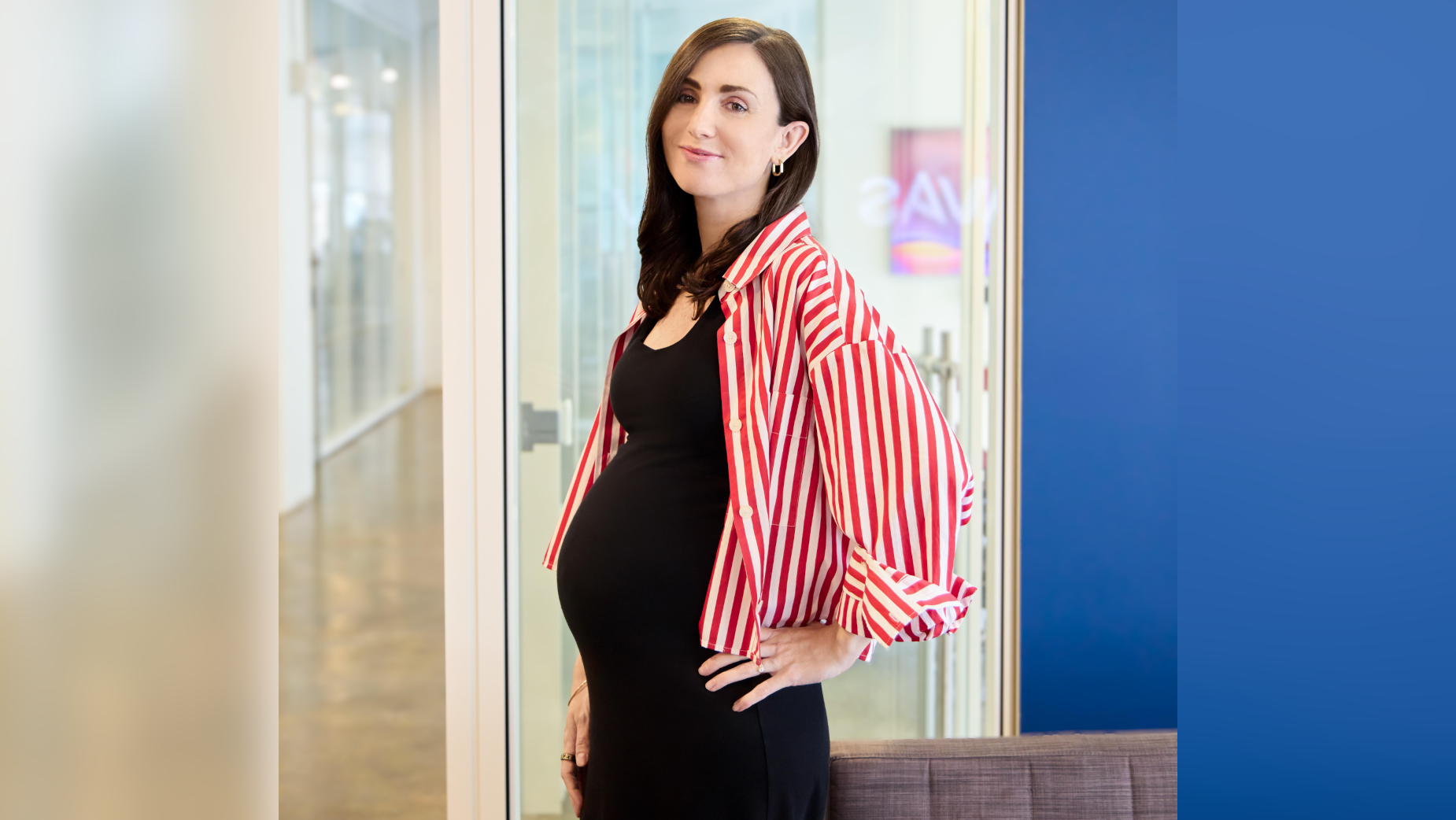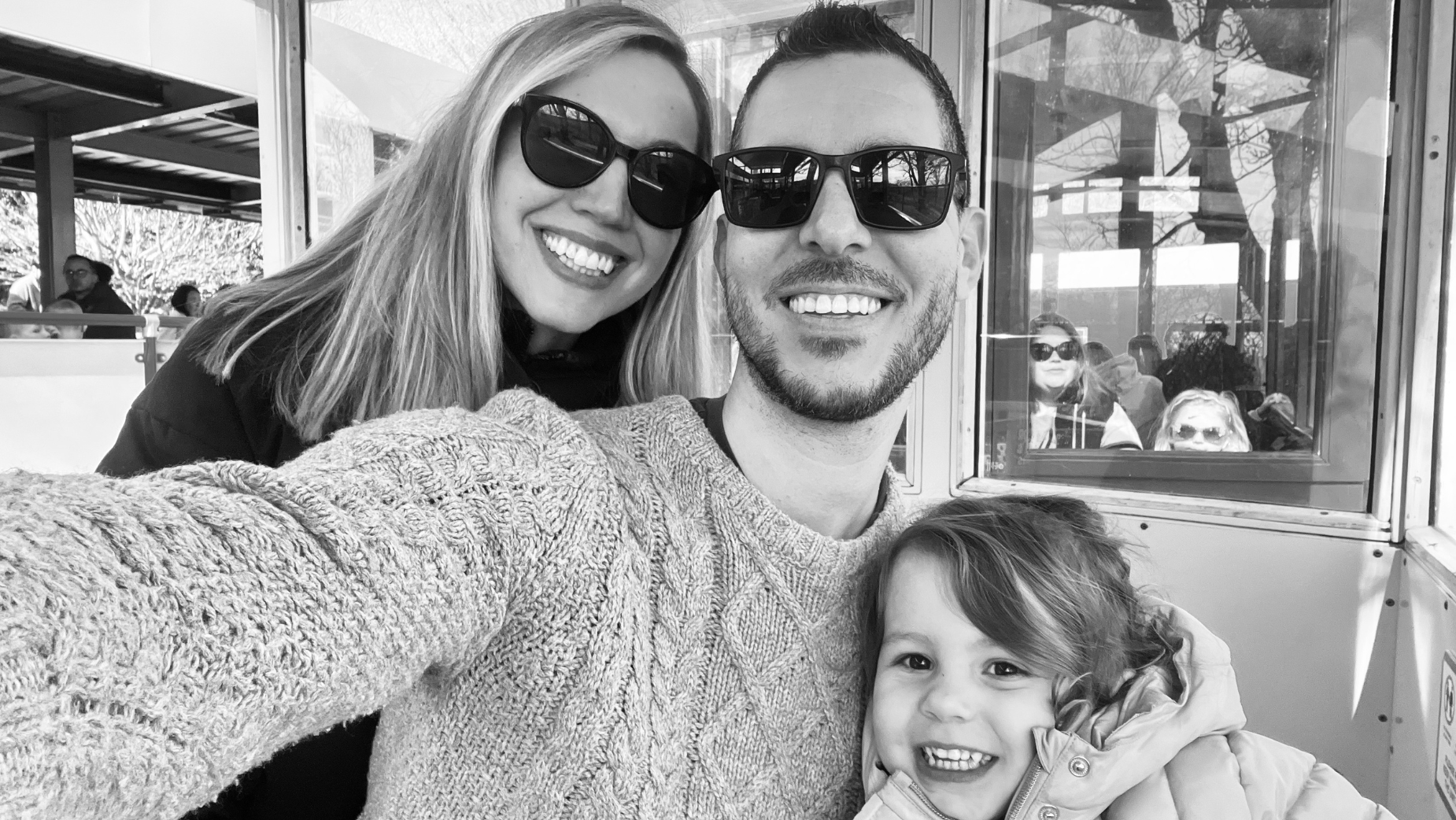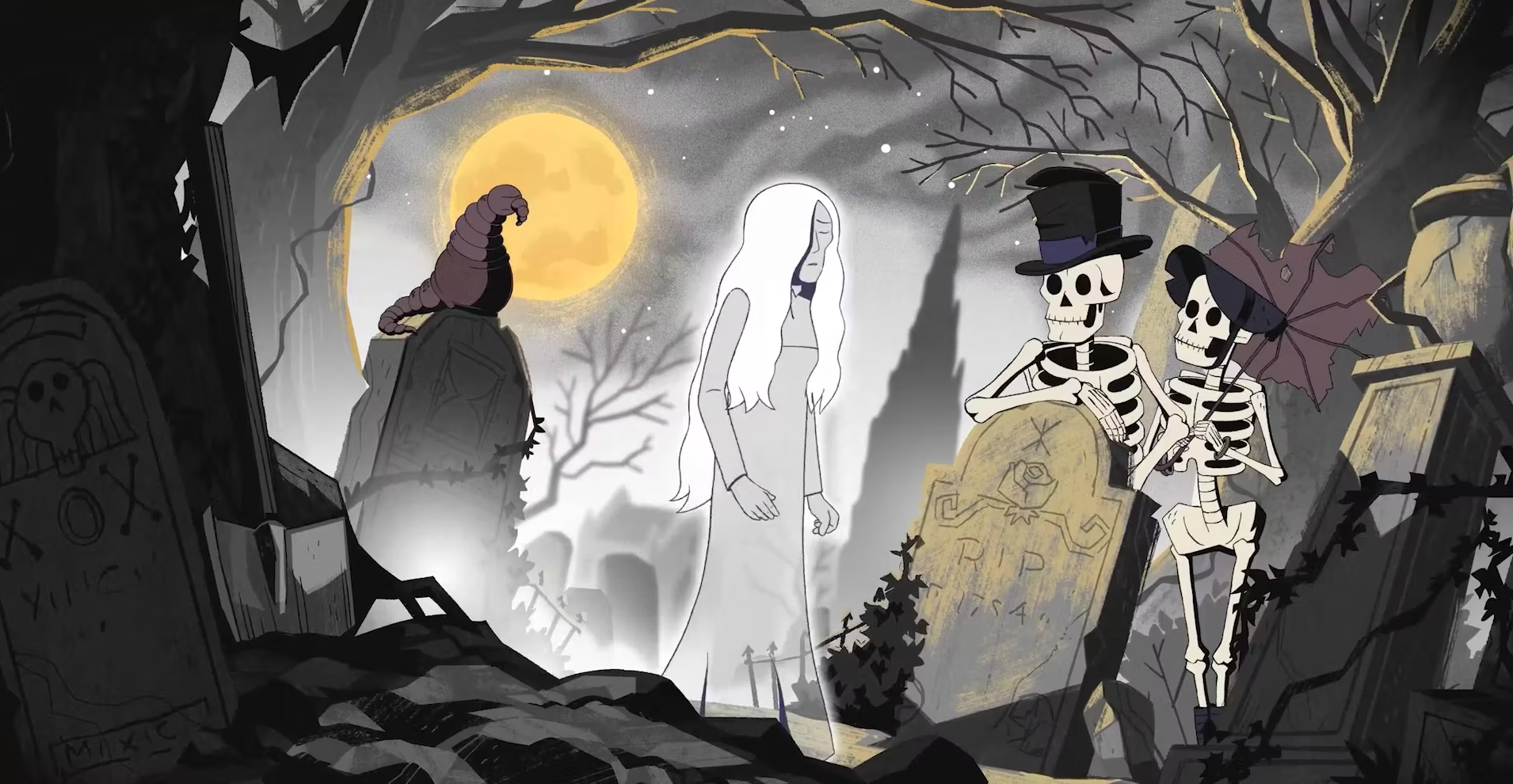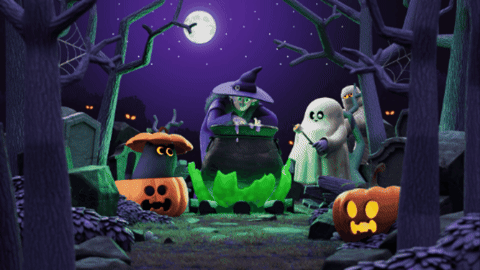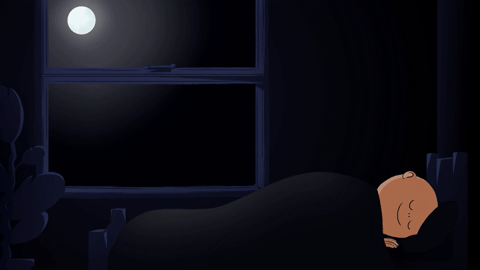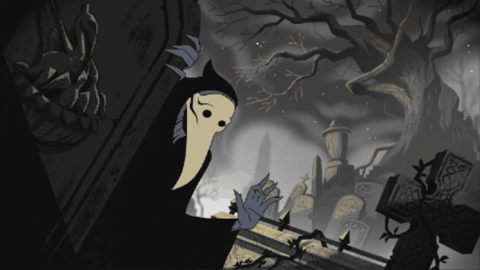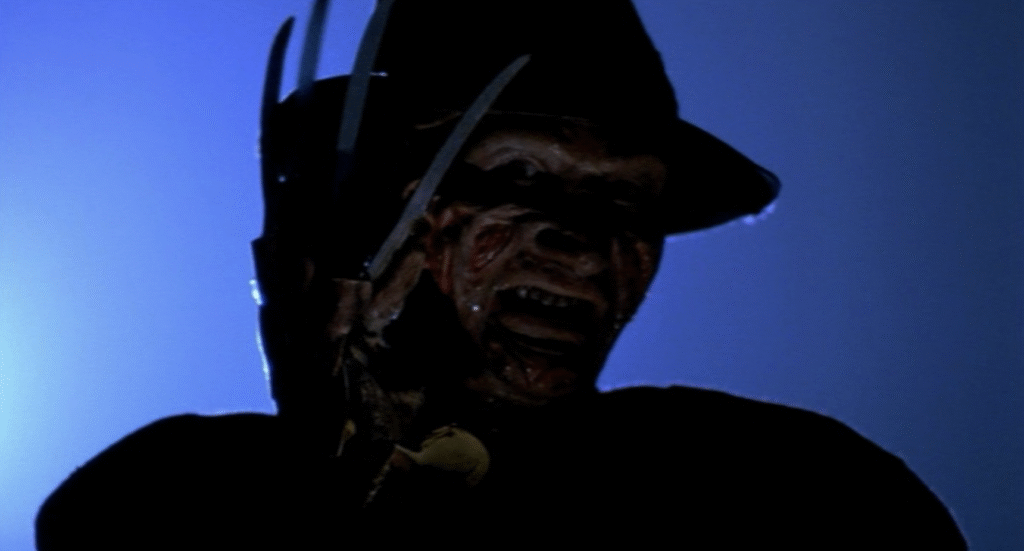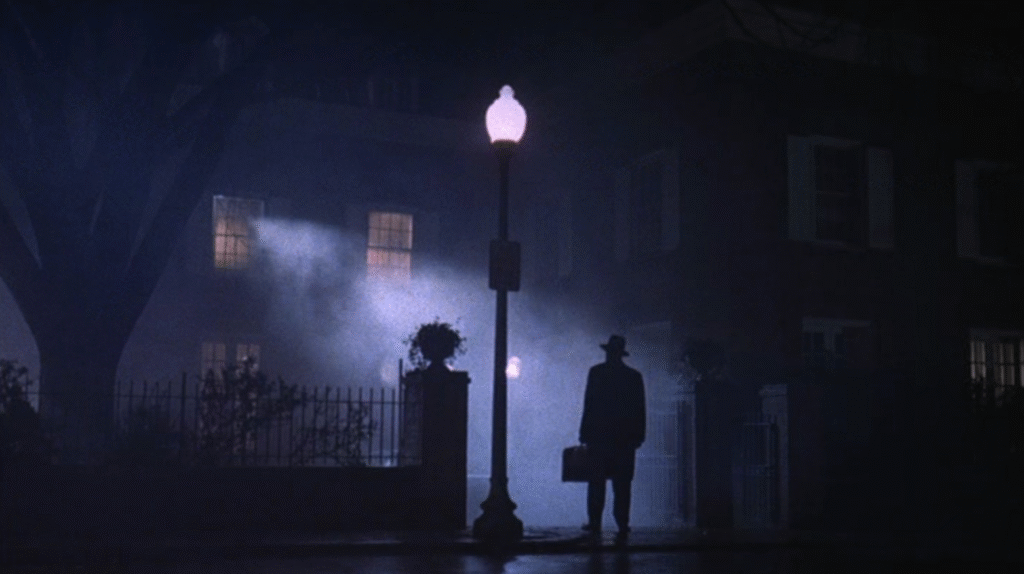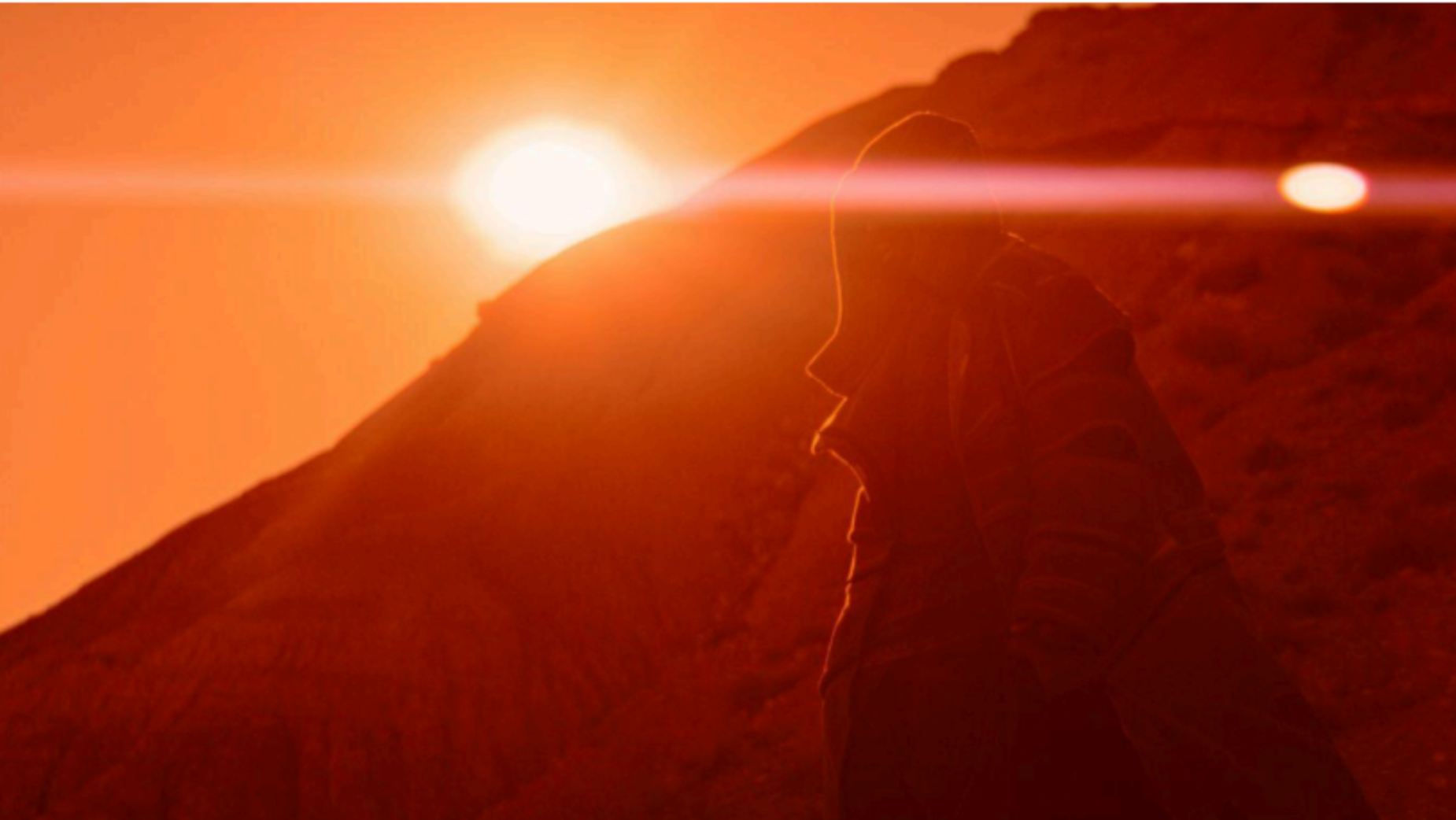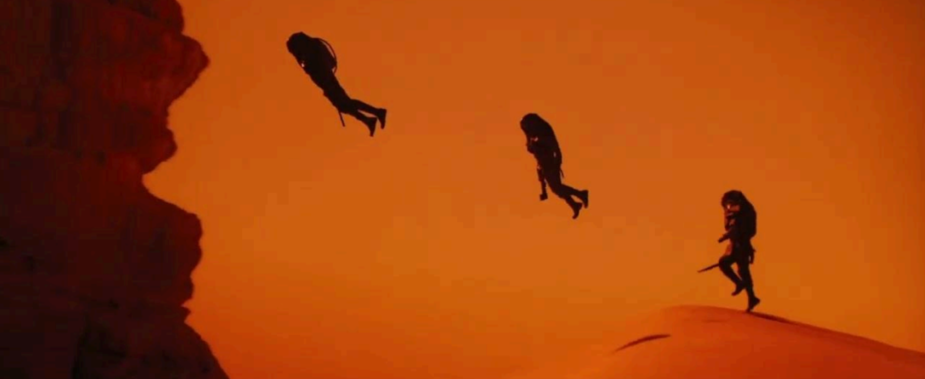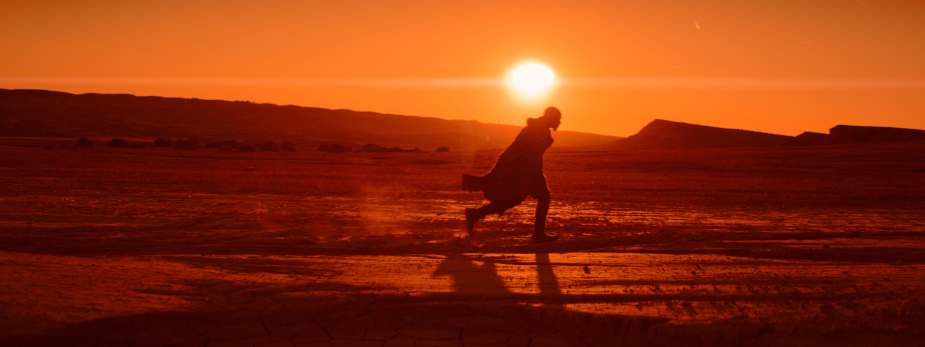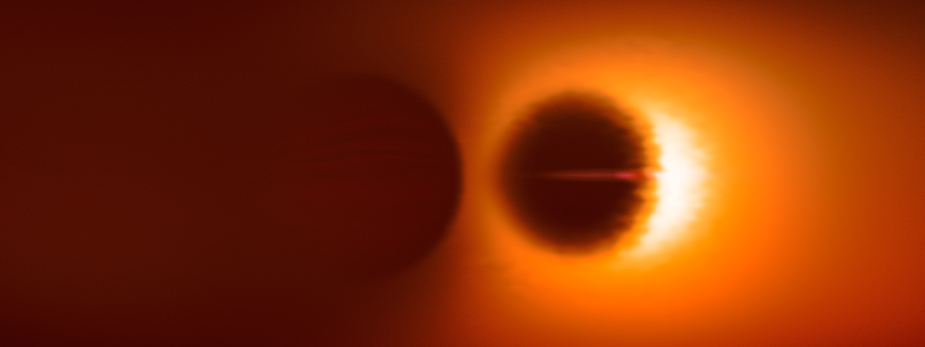It’s that time of the year again where the cheap tinsel comes out and Mariah Carey gets defrosted to haunt every Christmas playlist in existence. At NERD Productions we have a global roster who all spend the festive period in different ways so we wanted to cap this year out with catching up with some familiar faces to discuss Christmas and New Years traditions and memories, so grab the mince pies and mulled wine and enjoy.
ALICJA JASINA
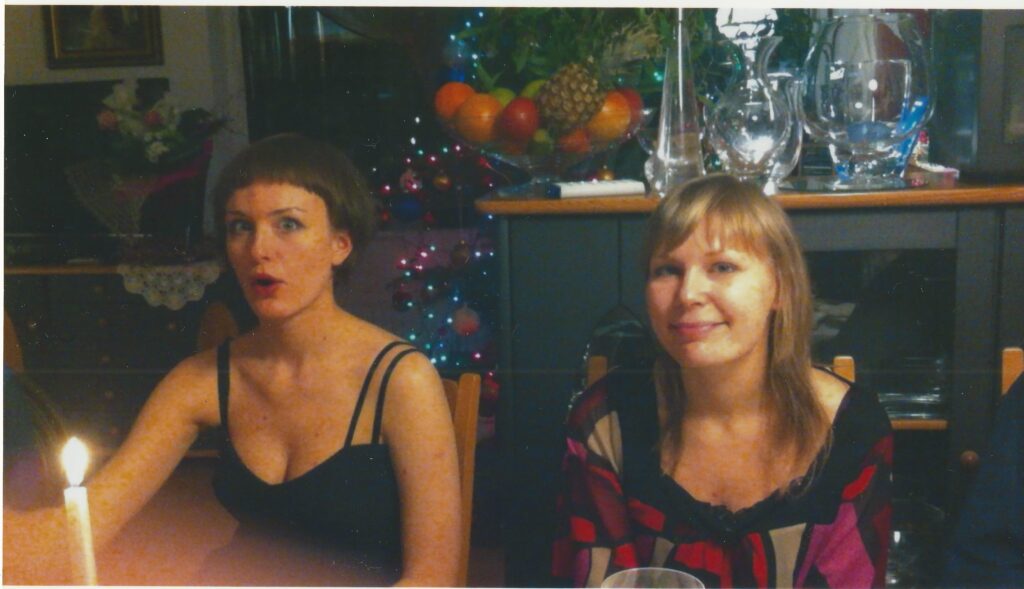
“In Poland, Christmas Eve comes with a quirky tradition: twelve dishes on the table (one for each apostle), which makes the dinner both chaotic and magical. We also always set one extra place for an unexpected guest – a stranger who might knock on the door, because no one should be alone that night. No stranger has ever appeared… but we’ve always had plenty of friends to fill the space.
Another tradition is sharing opłatek, a thin sacred wafer similar to the communion host. We break off pieces and exchange personal wishes one-on-one. It’s a surprisingly emotional ritual.
The evening is always cozy and joyful, and it inevitably ends the same way: my uncle gets tipsy, launches into family legends (including pre-war stories about my grandmother), and then grabs his guitar – he can play anything by ear. He moves from traditional carols to all kinds of songs, improvising based on who’s visiting. Last year, when my Colombian friends joined us, he made up “Spanish” lyrics that sounded convincingly Spanish… but absolutely weren’t. The guests were delighted anyway, so I guess that’s what matters.”
KULAY LABITIGAN
“We enjoy the old-school card giving. It is simple but heartfelt. My husband and I normally create and print our own bespoke illustrated Christmas cards. We set a weekend in December to sit down, reflect together, and write our Crimbo cards by hand one by one to send to our friends, family, and loved ones. It is a beautiful tradition to reflect back on the amazing year and remind us that there are just way too many things to be grateful about.”
AHMET ILTAS
“I grew up in the Freiburg–Bad Krozingen area of Germany, and every New Year’s season, the town seemed to change color overnight. The streets would light up, decorations stretched across the buildings, and enormous Christmas trees appeared in the town squares. For us kids, it all felt like a giant amusement park.
One of my strongest memories is of a small wooden hut beneath the big tree in the square. It was actually just a stall selling souvenirs, but we had declared it our secret headquarters. I remember one freezing evening when we challenged each other to touch a metal bell and see who could keep their hand on it the longest. I won, but my hand stayed frozen shut for ten minutes afterward. At that age, pride definitely outweighed pain.
We would wander through the decorated streets, past colorful windows and towering Christmas trees, carrying our hot chocolates and trying to spook each other with silly games. Even today, whenever I see New Year’s decorations, I’m taken back to that giant tree, the metal bell that nearly froze my hand off, and those winter nights when we disappeared into the fog and laughed as only children can.”
VIKTORIIA TELFER
“I am originally from Ukraine and Christmas is a little different there compared to the UK. First of all we celebrate on the night of 6th January, as my family is Orthodox. Traditionally, there should be 12 dishes on the table for the apostles, and my grandparents always prepared specific foods such as sweet barley (Kutia), fish, chicken, with the feast kicking off as the first star appeared. We also prep various Eastern European salads which we would then eat for breakfast too 🤣.
New Year’s Eve is also very important and is largely influenced by Soviet traditions rather than religion itself. One thing remains the same, though: it’s always a big feast, and everyone loves to dress up, photo proof below…
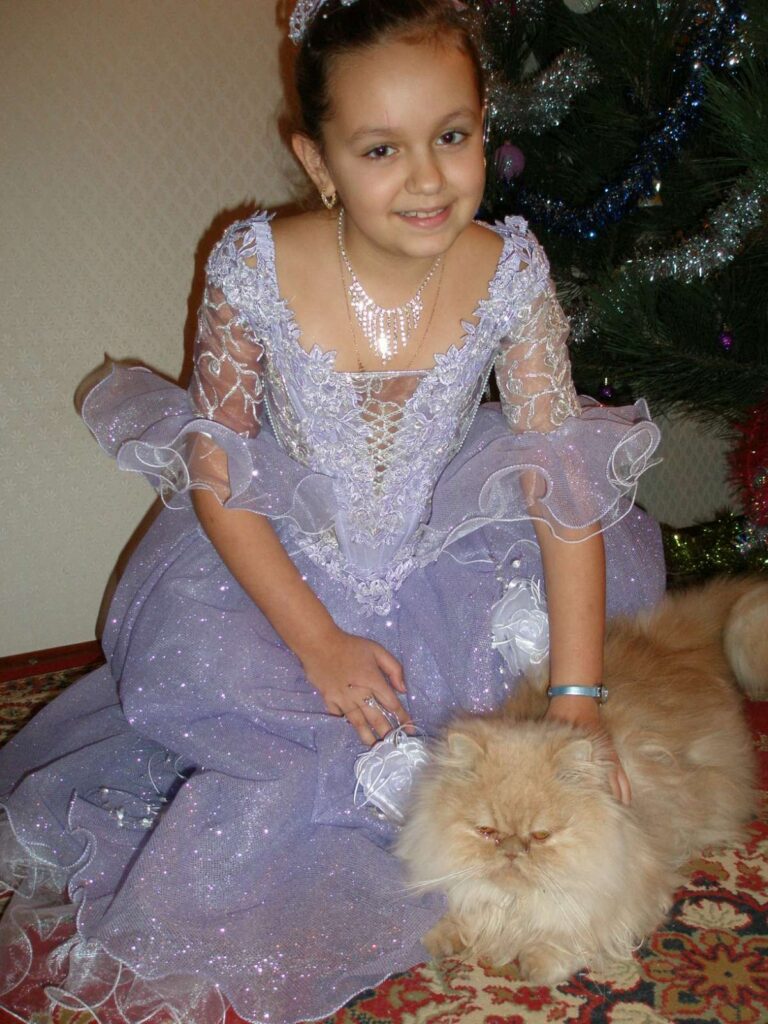
I have very warm memories of the holidays in Ukraine, but since moving to Scotland, I no longer celebrate Christmas on the 6th, as I’m not religious. I now fully follow the British holiday calendar and absolutely love Christmas Day on the 25th with my Scottish family. We either go out for a Christmas meal or enjoy a roast at home. One thing is certain, though, everyone is spoiled with gifts. We still write Christmas lists and make sure Santa brings a present for everyone, no matter their age or behaviour…”
It’s been a tough year for the industry but still a great year for creativity and craft, new friendships and collaborations ! No matter how you celebrate, we wish you a Merry Christmas and Happy New Year!
